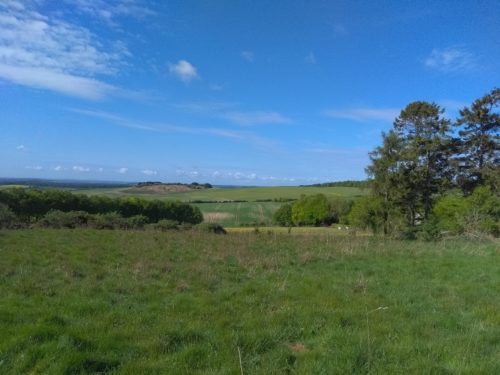The new Environmental Land Management scheme is being designed as we write, however, initial thoughts set out in the ELMs discussion document (PDF here) provide an overview of what it might look like. And the good news is, landscape-scale makes a big appearance!
As we all know, the new system will focus on ‘public money for public goods’, and at the moment the scheme template is organised into three distinct tiers where each tier is tailored to support different policy aims and environmental priorities.
Tier 1 will be designed to be attractive and accessible for all farmers across the country and will pay to adopt and maintain effective options that address key environmental impacts of farming and forestry when delivered at scale. It sounds as if this will operate much like existing stewardship agreements, but with some key changes to incorporate the improvements suggested during consultations with land managers and stakeholders.
Tier 2 will aim to target local priorities and outcomes and will encourage and reward collaboration between land managers to ensure successful delivery across landscapes. This option is of particular interest to those who are already in facilitated groups and will encourage the take up of the cluster concept. It will be better placed to deliver ambitious work, such as cross-farm landscape corridors, priority species management and community/public education. It remains to be seen how a group of holdings in differing circumstances and stages of agreements can enter ELMs Tier 2 at the same time, but all will undoubtedly become clear.
Tier 3 is also geared up towards collaboration, but it sounds more radical. It aims to deliver land use change projects at a landscape scale. These projects would deliver environmental outcomes over and above Tiers 1 and 2 and would focus on delivering ambitious work that will contribute significantly to the Government’s biodiversity recovery and net-zero targets. This option, which could perhaps encourage ideas like mass land-reversions, ‘wilding’, tree planting or species reintroductions, is likely to be restricted to those with the right natural capital assets and the right spatial scale to deliver transformational land use changes.
It is great to see landscape-scale featuring so heavily here, but those that can’t or don’t want to join a collaborative group are not forgotten. It is also good to see that the ‘lessons learned’ are firmly in the minds of scheme designers – particularly on the subject of support, as it’s imperative that land managers should be able to access advice and get positive feedback, reward and encouragement.
Written by Jess Brooks & Amber Lole

